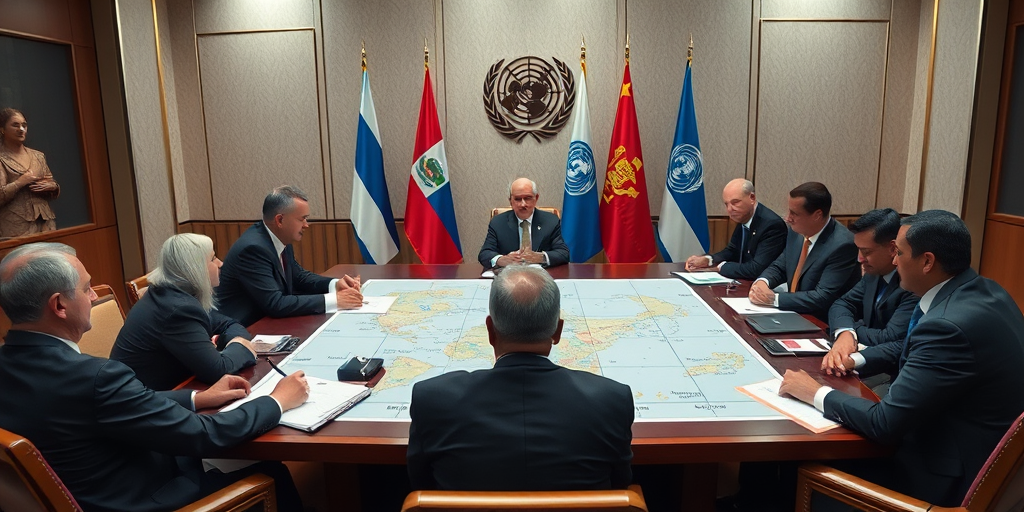Is it possible that a forgotten war still holds powerful lessons in modern military strategy? The Korean War, dismissed by many as a Cold War footnote, unleashed a fierce ideological clash steeped in rapid territorial shifts and volatile international alliances. This conflict’s chaotic origins—marked by audacious invasions and stark geopolitical rivalries—challenge our understanding of military innovation and strategic planning. Join us as we dissect the origins and catalysts that transformed an almost-overlooked confrontation into an enduring crucible of combat and tactical evolution.
Fierce Battles and Combat Operations: A Military Engagement Overview

The immediate UN response to the North Korean invasion saw vital counteroffensives that changed the dynamics of the war. Following the rapid advances by North Korean forces, UN military planners quickly adapted their strategy to regain lost ground. General MacArthur’s leadership emerged as a pivotal factor in consolidating defensive positions, which paved the way for daring operations aimed at reversing enemy gains. This vigorous counteroffensive set a new tone for the conflict, transforming initial setbacks into an evolving battle of attrition and tactical ingenuity.
A major turning point was marked by the September 1950 amphibious landing at Incheon. This unprecedented maneuver forced North Korean forces into a disordered retreat, effectively demonstrating how audacious planning could disrupt well-entrenched positions. However, the success was short-lived, as Chinese intervention in October 1950 initiated a massive counteroffensive that recaptured Seoul and upended the UN’s strategic advantage. This swift reversal underscored the fluidity of battle lines and the stark realities of global intervention in a conflict where external powers had significant stakes.
The rugged Korean terrain played a critical role in shaping combat operations. Fierce engagements at locations such as Heartbreak Ridge, Pork Chop Hill, and the Chosin Reservoir highlighted the importance of adapting conventional strategies to unconventional warfare environments. Commanders were forced to employ creative battlefield maneuvers, utilizing the natural terrain to mitigate the effects of extreme winter combat conditions and to execute tactical retreats and counterattacks under relentless pressure.
- Incheon amphibious landing
- Chinese counteroffensive
- Mountain warfare at Chosin Reservoir
- Winter combat conditions
- Tactical retreats and counterattacks
Technological Innovations and Tactical Maneuvers: Warfare Evolution in The Korean War

Breakthroughs in aerial combat marked a significant turning point during the conflict. Advanced jet aircraft, notably the American F86 Sabers, engaged Soviet-built MiG-15 fighters in high-speed dogfights that redefined air superiority. These encounters ushered in a new era of aerial tactics, emphasizing rapid maneuverability and precise targeting. The integration of cutting-edge technology in the skies forced both sides to reevaluate traditional combat doctrines and accelerate their innovation cycles.
Helicopters emerged as invaluable assets, revolutionizing battlefield operations by enabling rapid combat evacuation and enhanced reconnaissance missions. Their role extended beyond transportation, providing critical support in moving wounded soldiers away from the front lines and offering real-time battlefield intelligence. This capability improved command responsiveness and operational flexibility, ensuring units could adapt quickly to shifting combat scenarios.
Extreme winter conditions and the rugged Korean terrain further influenced tactical decisions. Commanders were compelled to adjust strategies to manage subzero temperatures and navigate complex, undulating landscapes. These environmental challenges necessitated innovative approaches to troop movement and logistics, prompting adaptations that were as much about survival as they were about combat effectiveness.
- Jet aircraft innovation
- Helicopter deployment
- Winter warfare tactics
- Adaptations to rugged terrain
Final Words
in the action, we explored the origins, fierce battles, international interventions, and technological breakthroughs that defined the conflict.
We dissected how strategic maneuvers and diplomatic pressures reshaped global alliances and left a lasting impact on military history.
Each section combined to reveal the complexity and human cost of The Korean War: The Forgotten but Fierce Conflict.
This synthesis not only honors the past, but also inspires ongoing reflection and future advancements in tactical planning and technological evolution.
FAQ
Why is the Korean War called the “Forgotten War”?
The Korean War earned this designation because it occurred between World War II and Vietnam War, receiving less media attention and public recognition despite its significant impact on global politics and military history.
Who won the Korean War?
Neither side achieved a decisive victory. The war ended in a stalemate with the 1953 armistice agreement, establishing the Korean Demilitarized Zone (DMZ) at the 38th parallel, dividing North and South Korea.
What were the main causes of the Korean War?
The conflict began when North Korean forces, backed by the Soviet Union and China, invaded South Korea on June 25, 1950. The invasion stemmed from ideological differences and territorial disputes following World War II.
How many countries participated in the Korean War?
The United Nations coalition included 21 countries, with major contributions from the United States, United Kingdom, Turkey, and Canada. North Korea received support from China and the Soviet Union.
What technological innovations emerged during the Korean War?
The conflict introduced jet warfare with F-86 Sabres battling MiG-15s, and marked the first widespread use of helicopters for medical evacuation and reconnaissance missions.
What was the human cost of the Korean War?
The war resulted in approximately 2.5 million casualties, including military personnel and civilians. The conflict devastated infrastructure and led to widespread displacement of Korean populations.
How did the Korean War affect Cold War dynamics?
The conflict intensified Cold War tensions, solidified military alliances, and established South Korea as a key U.S. ally while North Korea aligned with communist powers.
